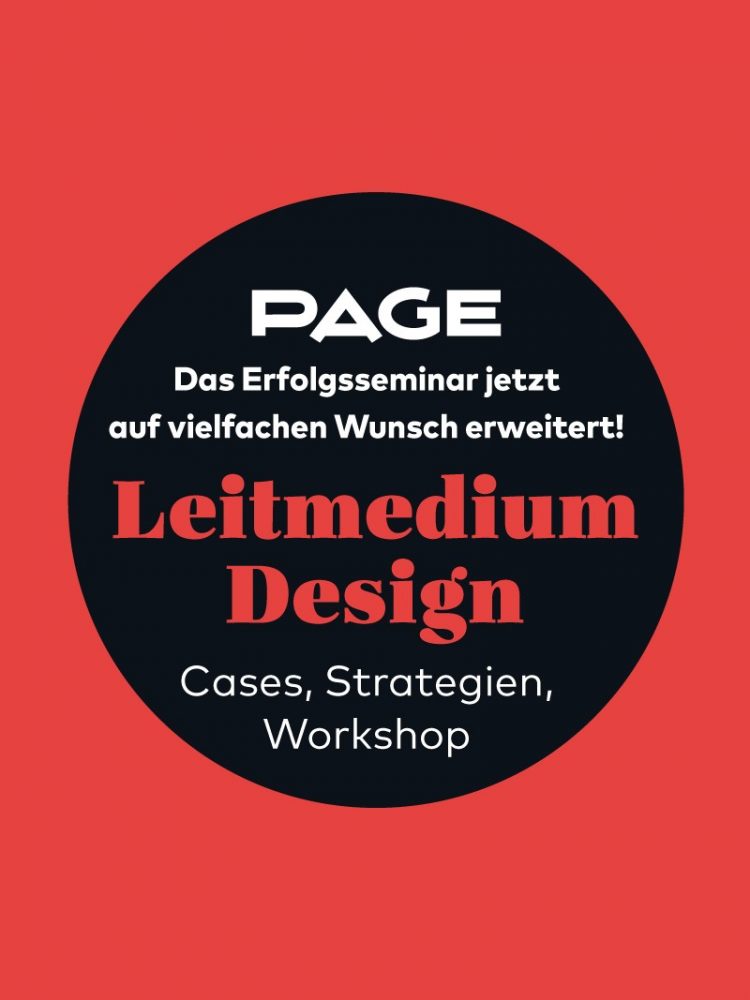
23.05. PAGE and corporate design expert Jochen Rädeker host two-day seminar [Advertorial]
Good design needs no explanation. Quite the opposite in fact. Tests at the Max-Planck Institute for Empirical Aesthetics have found that as soon as a subject needs to be told why he or she likes something its rating falls. Our aesthetic understanding is deeply embedded and whether or not we perceive something as attractive depends first and foremost upon how often we have previously seen it. This is why aesthetic responses differ culturally and between individuals, and why we can argue so heatedly over matters of taste.
Good design needs to be rigorous. Whether UX or corporate design, branding or poster design – PAGE, the German design magazine, presents tried and tested approaches and communication strategies. An intensive, two-day seminar Leitmedium Design, led by Jochen Rädeker, takes things further. Here, the founder of Strichpunkt doesn’t just show how you can present your design solutions so that the customer sees them as objectively correct and buys into them. He also demonstrates how one can actually achieve such a comprehensible brand positioning.